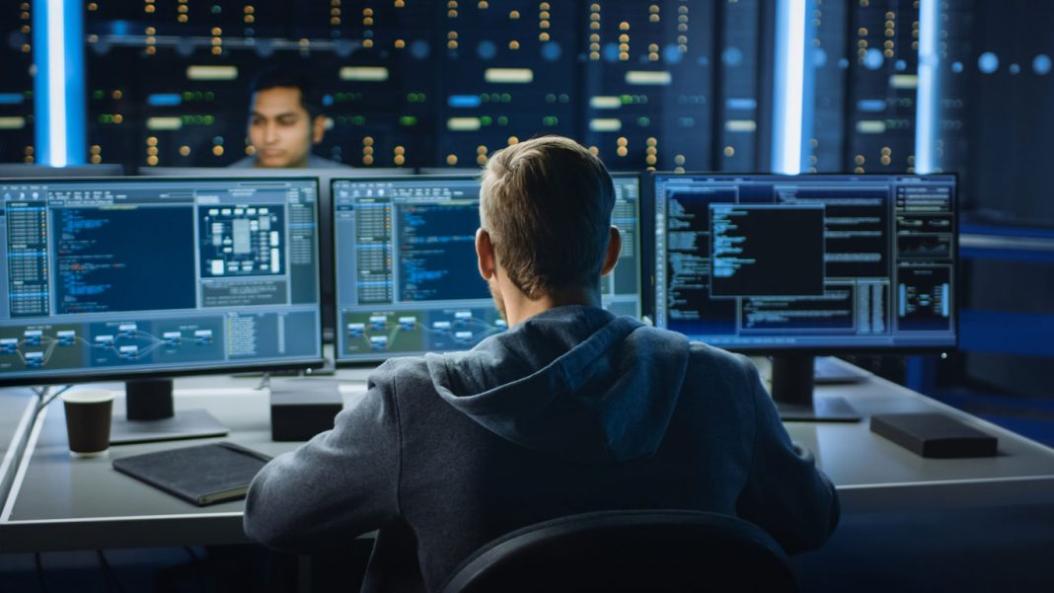How Does Reinforcement Learning Continuous Control Optimize Decision-Making in Dynamic Environments?
Reinforcement learning (RL) continuous control is a powerful technique that enables agents to learn optimal decision-making policies in dynamic environments. This article delves into the fundamentals of RL continuous control, key techniques for optimizing decision-making, applications across various domains, and challenges and future directions in the field.

I. Fundamentals Of Reinforcement Learning Continuous Control
1. Markov Decision Processes (MDPs)
MDPs are mathematical frameworks that model decision-making problems in sequential environments. They consist of states, actions, rewards, and transition probabilities.
- States: Represent the current state of the environment.
- Actions: Represent the available actions the agent can take in a given state.
- Rewards: Represent the immediate feedback the agent receives for taking an action in a given state.
- Transition Probabilities: Represent the probability of transitioning from one state to another when taking a specific action.
The goal of an agent in an MDP is to learn a policy that maximizes the cumulative reward over time.
2. Value Functions
Value functions are mathematical functions that estimate the long-term value of taking a particular action in a given state.
- State-Value Function: Estimates the value of being in a particular state.
- Action-Value Function: Estimates the value of taking a particular action in a given state.

The Bellman equation is a fundamental equation in RL that allows for the calculation of optimal policies by iteratively updating value functions.
II. Key Techniques For Optimizing Decision-Making
1. Policy Gradient Methods
Policy gradient methods are a class of RL algorithms that directly optimize the policy function. They aim to find a policy that maximizes the expected cumulative reward.
- REINFORCE: A simple policy gradient algorithm that uses Monte Carlo estimates to update the policy.
- Actor-Critic Methods: Combine a policy gradient actor network with a value function critic network to improve policy optimization.
2. Deep Reinforcement Learning (DRL)
DRL combines RL with deep neural networks to enable effective decision-making in complex environments. Deep neural networks can approximate value functions and policies, allowing for continuous control.
- Deep Q-Learning: A DRL algorithm that uses a deep neural network to approximate the action-value function.
- Policy Gradient with Function Approximation: A DRL algorithm that uses a deep neural network to approximate the policy function.
3. Model-Based Reinforcement Learning (MBRL)
MBRL algorithms learn a model of the environment and use it to plan and make decisions. This can improve sample efficiency and generalization.
- Model-Based Policy Optimization: An MBRL algorithm that uses a learned model to optimize the policy.
- Model-Based Value Iteration: An MBRL algorithm that uses a learned model to iteratively update the value function.
III. Applications Of Reinforcement Learning Continuous Control
1. Robotics
RL continuous control has been successfully applied to robot control and navigation. RL algorithms can learn to control robots in complex environments, enabling autonomous navigation and object manipulation.
2. Game Playing
RL continuous control has achieved remarkable success in game playing. RL-based agents have defeated human experts in games like Go, Dota 2, and StarCraft II.
3. Financial Trading
RL continuous control is being explored for financial trading and portfolio management. RL algorithms can learn to trade stocks, bonds, and other financial instruments.
IV. Challenges And Future Directions
1. Challenges In Reinforcement Learning Continuous Control
- Exploration-Exploitation Trade-Off: Balancing exploration of new actions with exploitation of known good actions.
- Sample Efficiency: RL algorithms often require a large number of samples to learn effectively.
- Generalization: RL algorithms need to be able to generalize their knowledge to new situations and environments.
2. Future Directions In Reinforcement Learning Continuous Control
- Hierarchical RL: Decomposing complex tasks into a hierarchy of subtasks.
- Multi-Agent RL: Coordinating multiple agents to achieve a common goal.
- Transfer Learning: Transferring knowledge from one task or environment to another.
V. Conclusion
Reinforcement learning continuous control is a powerful technique for optimizing decision-making in dynamic environments. It has achieved remarkable success in various applications, including robotics, game playing, and financial trading. As research continues, RL continuous control is expected to play an increasingly significant role in solving complex decision-making problems.
YesNo

Leave a Reply